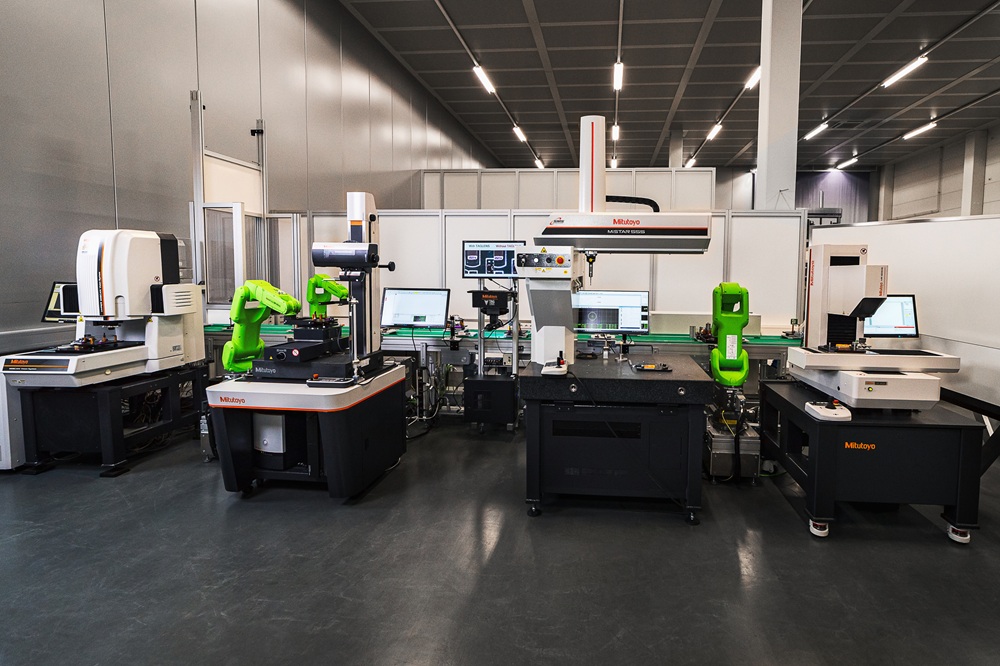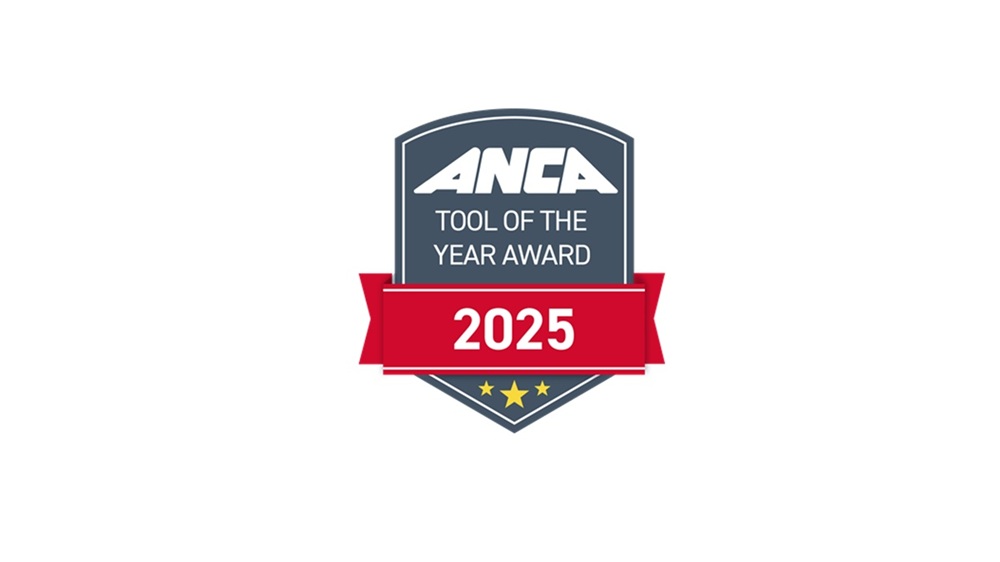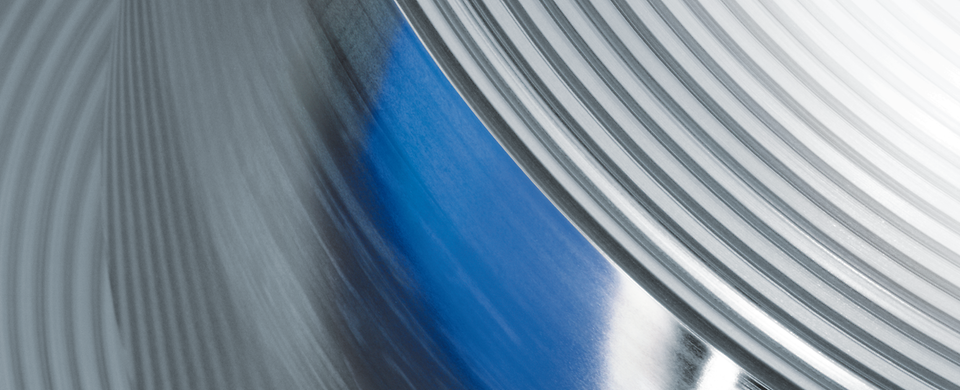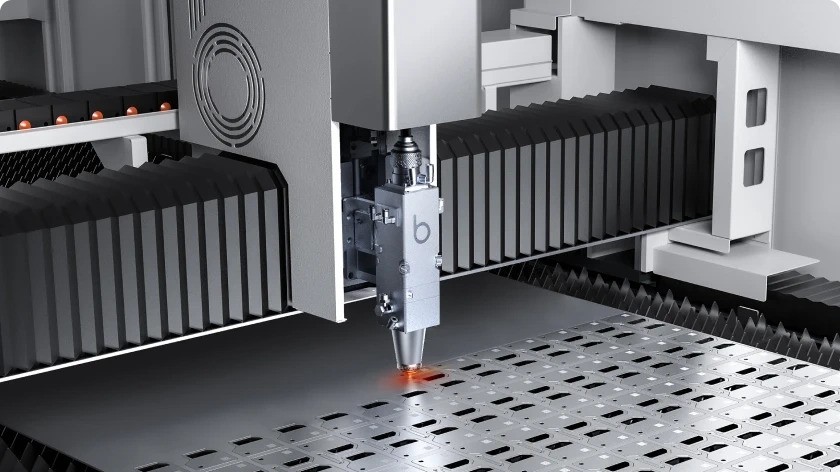As the recently appointed president of Mitutoyo Europe, Ray Penny is the first non-Japanese
national to fulfil this role in 57 years of Mitutoyo in Europe. It marks a new era with
changing leadership and a renewed strategy that outlines the ambitions of this progressive
business to build on a long legacy of metrology market success and look at potential new
growth avenues through a slightly different lens.
Headquartered in Japan, Mitutoyo Corporation stands as a pillar in the field of metrology,
renowned for its unwavering commitment to precision and innovation. Backed by a long
and successful legacy, Mitutoyo has established itself as a global market leader, providing
advanced measurement solutions to industries worldwide. As a prominent player in Europe,
Mitutoyo has built a strong network of subsidiaries, sales offices and service centres across
the continent, ensuring seamless support for customers in diverse sectors.
Although new to the role of president at Mitutoyo Europe, Penny is far from new to
Mitutoyo. He embarked on a career at the company as a UK service technician in 1986.
Further roles in field service and technical sales/support ultimately led to his appointment
as UK Export Sales Manager. In 2017, he was appointed managing director of Mitutoyo UK,
which included a role on the board of Mitutoyo Europe. Today, as the president of Mitutoyo
Europe, his responsibilities span the entire EMEA (Europe, Middle East, Africa) region.
This career progression is indicative of the opportunities available at Mitutoyo, thanks
largely to its corporate ethos of promoting from within and nurturing young talent through
a positive workplace environment.
“I guess I’m a good example of that,” he says. “I’m proud of my achievements and proud of
Mitutoyo. I feel very much part of the company, but never take it for granted. Whatever the
role here, you need to demonstrate commitment.”
Expanding Penny’s responsibilities Europe-wide means understanding cultural ways of
working across many different countries, both internally and with the customer and dealer
base, something he says he is keen to learn quickly.
“Although Mitutoyo Europe has a new president, it’s business as usual for our dealers and
customers. However, one of the clear reasons for placing a European in this position for the
first time is to implement a strategic change in Mitutoyo’s organisation – scrutinising the
market through the eyes of more regional/local representation. I’m not seeking wholesale
changes because we’re a very successful company, but our headquarters in Japan wants a
‘local’ organisation in Europe that reacts in a fast and agile way to the ever-evolving market
here.”
This is a primary goal of Mitutoyo Europe’s current mid-term management plan (2024-2029)
as the company works towards its global ‘Vision 100’ in 2034, a year that marks Mitutoyo’s
100th anniversary. Vision 100 sets out a clear ambition: to continue leading the future of
measurement.
Says Penny: “A core target of our mid-term management plan is for Mitutoyo Europe to
become a ‘market-in’ driven organisation. By that I mean we want to reach a position where
we have a clear understanding of the market’s needs both today and tomorrow. We can
then feed this information to our R&D team in Japan. The ideas for new products should
come from the market. That’s why we’ve set up a regional marketing division in Europe.”
Key differences exist between the metrology markets in Japan and Europe. While both serve
all sectors, the semiconductor industry – for instance – is far more prevalent in Japan than
Europe, while aerospace and medical have a strong presence in Europe.
“Equally, we cannot forget our legacy sectors as they evolve. While it was great to see the
recent opening of our Semiconductor Competence Centre in Veenendaal, Netherlands, for
example, we cannot take our eye off the changing demands of legacy industries.”
Astute and targeted product development is clearly pivotal for both new and existing
sectors, with Ray Penny identifying automation as a focus area.
“We are of course already involved in automation, but it’s an area of our business where we
see future growth. Mitutoyo has a broad portfolio of solutions from hand tools to the latest
co-ordinate, form, optical and vision measuring systems – and everything in between.
However, there’s areas across that spectrum where we have niche competition. So we have
to think about extending our market differentiation and one area is the automation of inline
measurement.”
Another growth area for Europe is Mitutoyo’s OEM business, where the company can
supply its solutions for seamless integration into products made by other manufacturers.
Providing OEMs with Mitutoyo lenses or sensors, for example, can shorten time-to-market
and mitigate the challenges and costs associated with manufacturing in-house. Mitutoyo
has focused heavily on this area over the past two years, already recording green shoots of
encouragement and notable successes.
Ensuring Mitutoyo and its customers benefit from these advances and others will take all of
Penny’s experience and know-how, where deploying the appropriate management tactics
will be paramount. So how would he describe his leadership style?
“I’m very focused but also very open,” he says. “The team know their roles and the targets
expected of them – and I trust them to deliver. Of course, in a senior role there are key
decision to make but I’m a good listener and believe an open-minded approach garners a
better response from employees. It also fosters motivation and helps with employee
retention, which is vital in the current workforce market.”
He adds: “We know where we are strong: we’re a metrology company with a name that the
whole industry associates with precision measurement – a brand built on fundamental
Japanese business attributes that include organisation, efficiency, progress and structure.
And while we can never rest on our laurels, it’s held us in good stead for 91 years. Mitutoyo
Europe is currently on an even keel in terms of annual sales revenues, which can be viewed
as positive considering the challenging economic and political headwinds currently in play.
That said, we set ourselves ambitious targets, which means getting creative at all levels of
the business.”
Penny’s subtle, warm demeanour is complemented by positivity and commitment in
abundance. With Europe already a significant contributor to Mitutoyo’s global turnover, he
is confident that growth across the EMEA region is obtainable. His experience at Mitutoyo
and in the metrology market means few should bet against the company achieving the gains
it seeks in the coming years.



















